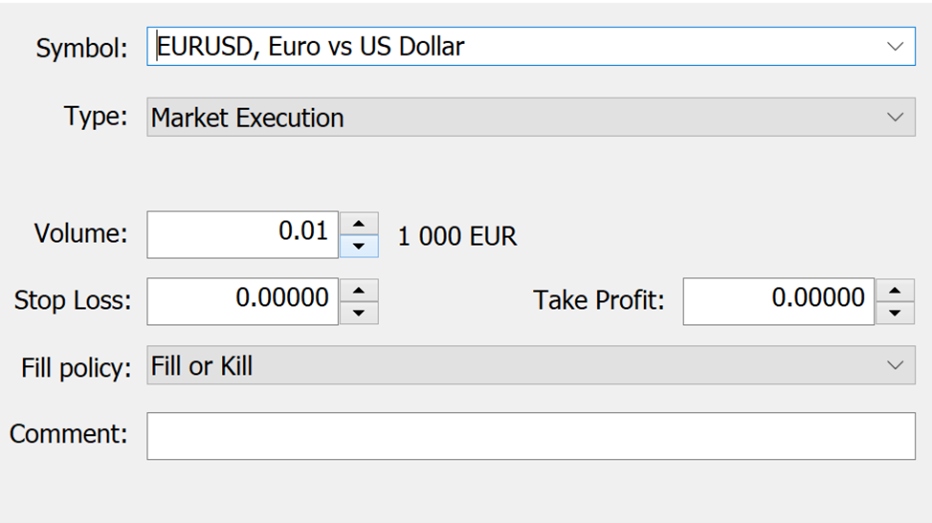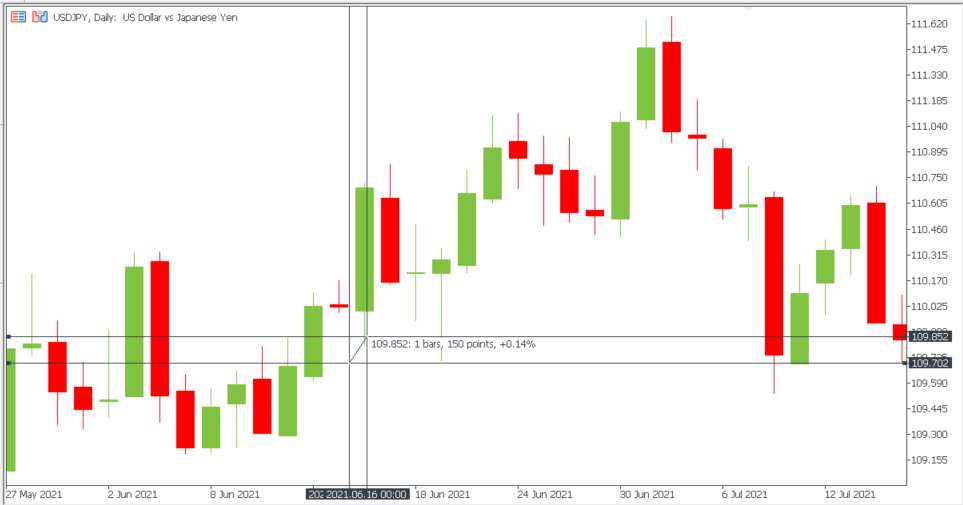There are so many concepts in trading! Beginner traders can easily be overwhelmed with all of them. We’ve prepared for you a universal guide to the main trading definitions and their application to make you confident enough on Forex.
What are a lot and its size?
Everything is simple. A lot is just some currency units. To know the size of a lot, you should understand that one standard lot equals 100 000 base or account currency units.
Alongside a standard lot, there are two more types – mini and micro. A mini lot equals 10 000 units when micro – 1,000 units. Before opening a trade, you have to decide the number of money you can spend.
Lot size | Units | Volume |
Standard | 100,000 | 1 |
Mini | 10,000 | 0.1 |
Micro | 1,000 | 0.01 |
When you open an order in MetaTrader, you need to choose the size or ‘Volume’ of your trade. There ‘1.0’ stands for one standard lot. The minimal size of a trade is 0.01 lot (i.e. one micro lot).

Besides a lot, while trading, you may face such terms as leverage and a point.
What is leverage in trading?
You have already known that for trading one lot of EURUSD, you need 100,000 euros. It can be a great amount of money. However, you don’t have to invest all this money by yourself – you may borrow it from your broker. A Forex broker suggests a way to benefit from Forex – leverage.
Leverage is a borrowed capital for an investment provided by a broker. It helps to amplify returns from a trade. For trading one standard lot without leverage, the deposit should be equal to 100 000 euros. With the leverage of 1:100, you need to provide only 1% of the order’s size: you may deposit only 1000 euros, and the broker will cover the rest.
As the smallest trade you can make is the trade of 0.01 volume (1000 euro), with 1:100 leverage you will need only 10 euros for this trade. With 1:000 leverage, 1 euro will be enough to open the trade.
The leverage size usually depends on the broker of your choice. Check the leverage from the TradeGlide broker to know your potential.
What are the points in Forex?
A point is a well-known term in the field of trading. You may see it in various analytical articles for sure when it comes to pairs rising or declining.
A point is the smallest currency pair change. It helps to count the amount of money a trader can earn on trading.
To make it clear, USDJPY is quoted as 109.700. The last decimal of price or quotation is a point. When USDJPY changes from 109.700 to 109.850, the amount of change will be 150 points.

To count one point, you should look at the exchange rate of the pair.
Look at the counting process for the one standard lot of USDJPY (volume = 1.0):
0.001 (a point in decimal form) / 110.80 (an exchange rate) * 100,000 (a standard lot) = $0.903 per point
If you trade a mini lot (volume = 0.1), the value of a point will change for you:
0.001 (a point in decimal form) / 110.80 (an exchange rate) * 10,000 (a mini lot) = $0.0903 per point
For a micro lot, the calculation will be the following:
0.001 (a point in decimal form) / 110.80 (an exchange rate) * 1,000 (a micro lot) = $0.00903 per point
Let’s count a point for EURUSD, where the USD is not a base, but a quote currency:
0.00001 (a point in decimal form) / 1 (an exchange rate) * 100,000 (a standard lot) = $1 per point
Point values made simple
In many cases, you don’t need to make calculations to estimate a point value. Notice that if your account is funded in USD, point values are fixed and don't change when the USD is listed second in a pair: $1 for a standard lot, $0.1 for a mini lot, and $0.01 for a micro lot. These point values apply, for example, to EURUSD, GBPUSD, AUDUSD, and NZDUSD. If the USD isn't listed second, you’ll need to divide the point values above by the USDXXX rate.
For example, to get the point value of a standard lot for USDCHF when trading in a USD account, divide $1 by the USDCHF rate. If the USDCHF rate is 0.9700, the standard lot point value is $1.03, or $1 divided by 0.9700.
Overall, whatever currency the account is funded in, when that currency is listed second in a pair, the point values are fixed. In other words, the second currency is providing the point value.
What is the connection between lot, point, and leverage
To use your knowledge in practice, you should know how all these concepts are related to each other. Of course, the most important things for a trader are:
- How much profit will they get in a trade counting in their account currency?
- How much money do they need to make a trade with such profit potential?
To count the possible result of EURUSD trading with 1:100 leverage, use the following information:
Imagine you trade the EURUSD pair with a 100 000 lot size. You deposited $1,000. Your leverage is 1:100. You made a buy trade at 1.15000, the pair went up and you closed your position at 1.15500. It means you earned 500 points.
- A buy trade opens at 1.15000 for EURUSD and a lot size is 100 000.
- One point is $1 because your trade volume is 1.0 (a standard lot).
- The position closes at 1.15500. As a result, you have 500 points.
- 500 points bring you a $500 profit.
If you trade without leverage and deposit $1,000 (i.e. you open a position of 0.01 lot), 1 point will bring you 100 times less – $0.01 instead of $1. As a result, when trading with micro lots, 500 points will bring you $5.
There is basic information on lots, points, and leverage. You have it all and can start practicing. Open an account with TradeGlide and waste no time!








No comments:
Post a Comment